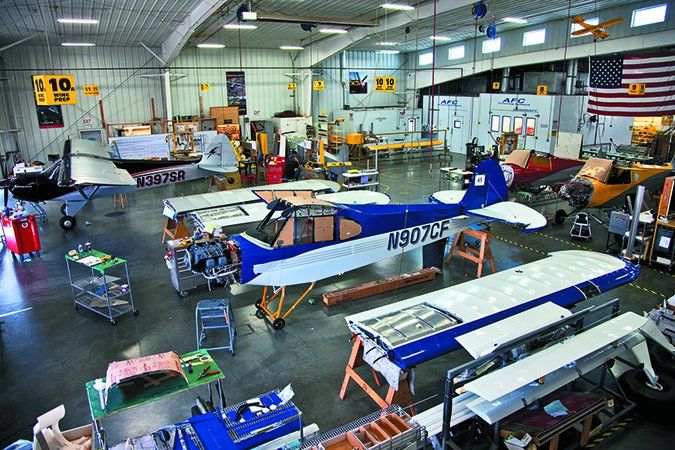Steve Jobs once said of Apple that the genius of business success was to invent products would-be buyers didn’t know they needed. Apple succeeds brilliantly at this, but the advice applies equally to airplanes. He who stands still and treads water will soon wither. Even small companies must innovate and move forward and our editor’s choice for the top company doing that this year is CubCrafters, the scrappy taildragger manufacturer based in Yakima, Washington.
As detailed in the story, “Cub Crafters’ XCub” in this issue, CubCrafters has cannily plied the Cub-type aircraft niche to not only stay in business, but to prosper with modest growth.
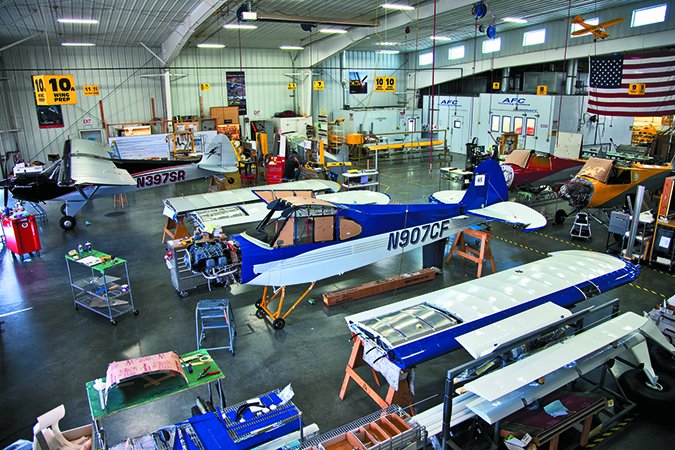
It has thus kept itself near the top of the light sport market in sales volume and with the introduction of the X-Cub reviewed in this issue, it again ventures into the Part 23 market with an airplane that will give Aviat’s Husky some serious competition, in our view. Was the market crying out for an ultra Cub, the fastest and most luxurious example of this class of airplane? Probably not, but now that CubCrafters has it out there, we predict that a lot of buyers are going to want it. For that reason, we’re choosing CubCrafters as our top pick for the best manufacturer of the year. Visit CubCrafters.com.
Best Market Comeback: Avidyne Corporation
When Avidyne’s IFD540 GPS navigator was stuck in FAA certification a couple of years ago, we wondered if the company could survive another year, let alone appear in these pages as avionics company of the year.
In our estimation, it was a blend of Avidyne’s marketing approach and customer loyalty, plus a solid and innovative product line, that brought the company back stronger and more competitive than ever. Moreover, Avidyne has full-panel solutions, which include ADS-B equipment, traffic and weather systems, integrated autopilot systems, plus three IFD-series slide-in GPS navigators positioned to easily replace the fleet of aging Garmin GNS530s and GNS430s. If this doesn’t answer the demand of buyers looking for a worthy alternative to Garmin products, we don’t know what will.
We think Avidyne’s ingenuity, commitment and resilience has made the avionics market healthier. Visit Avidyne.com, plus its active community forum, Avidyne Live.
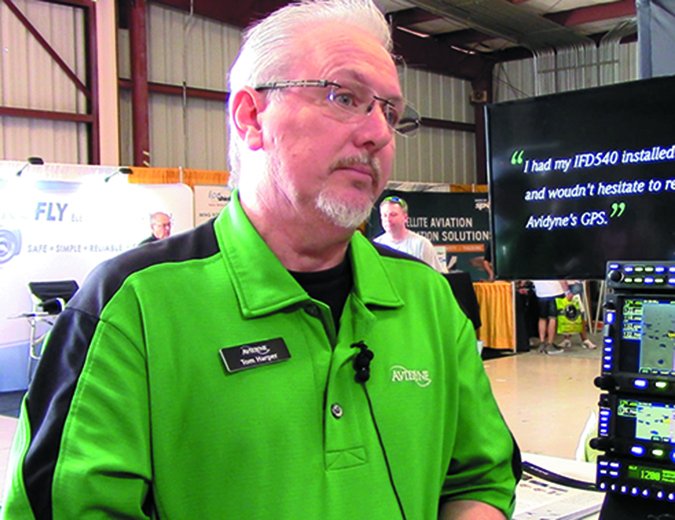
Best Oil Analysis Service: Blackstone Laboratories
We sent oil samples to five popular labs and ranked them based on their speed of response, quality of reporting, apparent knowledge of aircraft engines and information presented on their websites. The results of the spectral analysis of the oil showing the presence of various elements (metals) provided by the labs were within a few parts per million of each other—within what we considered normal measuring variation. But what set the two winning labs apart was the quality of service with two being head and shoulders above the competition: Blackstone Laboratories ranked first by a very narrow margin over Aviation Laboratories. Both also provide comments from their technicians on their reports, in addition to the hard data on parts per million of wear metals.
But, Blackstone got the nod because its testing is more involved, provides more information on its easy-to-navigate website and does not charge for its analysis ($28) until it is performed. Visit them at Blackstonelabs.com.
Most Audacious Electric Concept: Airbus E-Fan 4.0
The electric aircraft market is, at this juncture, largely aspirational. As we reported in the March 2016 issue of Aviation Consumer, even the most advanced projects have yet to show they have market legs. And that applies to the most audacious, too, the Airbus E-Fan 4.0. In this project, Airbus pledges to deliver before 2020 a four-place certified hybrid aircraft for the U.S. market using technologies that just barely exist, at least in the form they hope to apply them. We’re reserving judgment on the practicality of this effort, but its boldness simply takes the breath away.
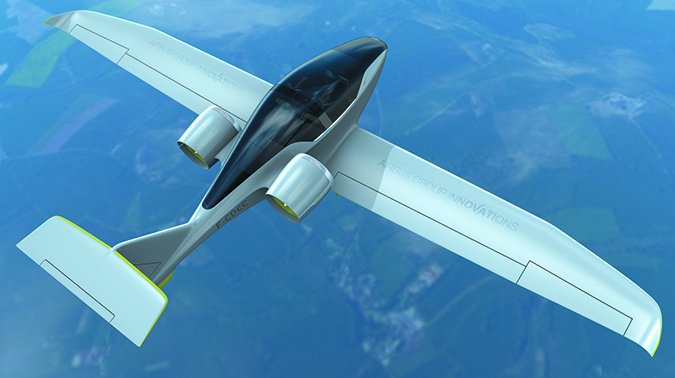
Best ADS-B Transponder: L-3 Lynx NGT-9000
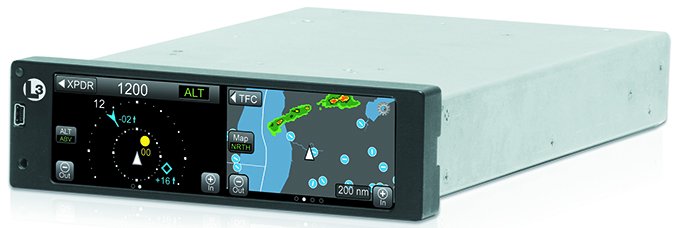
Exhausting is the first word that comes to mind (there are others we’ll refrain from printing) when looking back at our ADS-B coverage this past editorial year. Eyeball the ADS-B buyer’s guide in the April 2016 issue of Aviation Consumer and you’ll see why. It’s a market busting at the seams with panel and portable solutions. A major player is L-3 Avionics.
Since its introduction nearly two years ago, we felt that L-3’s transponder-based Lynx NGT-9000 was an excellent all-in-one ADS-B In and Out solution, though we also felt that its high price limited it to higher-end aircraft. But after a few major price reductions (it now starts at $5395), an entry-level NGT-9000 is within reach of more buyers. Plus, it packs a lot of punch in a single box.
There are several things we like about it. First is its rack-mounted 1090ES transponder form factor, which makes it worthy in high-flying applications and for those needing a transponder upgrade. It’s also a multifunction system, capable of displaying dual-band ADS-B traffic and FIS-B weather graphics on its dual color touch displays. We flew with the NGT-9000 and found the operating logic intuitive and the onscreen mapping graphics to be excellent. Visit L-3 Avionics.
Best Exhaust Upgrade: Leading Edge
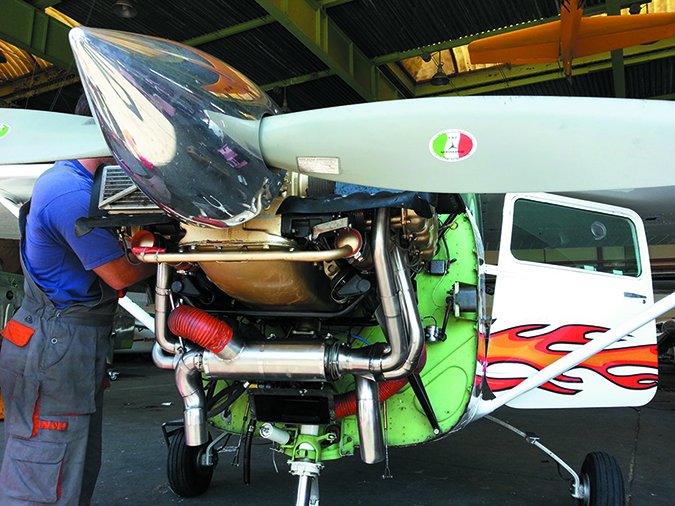
When your exhaust system wears out, it’s a safety of flight matter. If repair isn’t an option, we think it’s worth replacing the system with one that is not only robust, but customized to your aircraft and engine and that can increase performance.
We like Leading Edge and Power Flow exhaust systems because they tailor the exhaust pipes to the appropriate length to balance the back pressure on the cylinders. This creates low pressure at each exhaust port at the time it opens to facilitate scavenging the products of combustion and increase power output.
Power Flow builds its custom exhausts for most four-cylinder Lycoming-equipped singles. Prices range from $4000 to $5500, with installation time estimated at five to 10 hours. There is a 60-day trial period with a full refund of the purchase price (not install and removal cost) if the owner isn’t satisfied and returns the system. The warranty is one year or 500 hours of operation.
But we give Leading Edge the very slight edge over Power Flow for its warranty. The warranty is for one year with no limit on hours for all of its systems except for the 180-HP PA-12, which is 10 years or 1000 hours and for the exhaust collectors for 200-series Cessnas it’s 20 years or 2000 hours. Prices range from $4400 to $6500. Contact Leading Edge Exhaust Systemsand PowerFlow Systems.
Best ANR Headset: Bose A20 Bluetooth
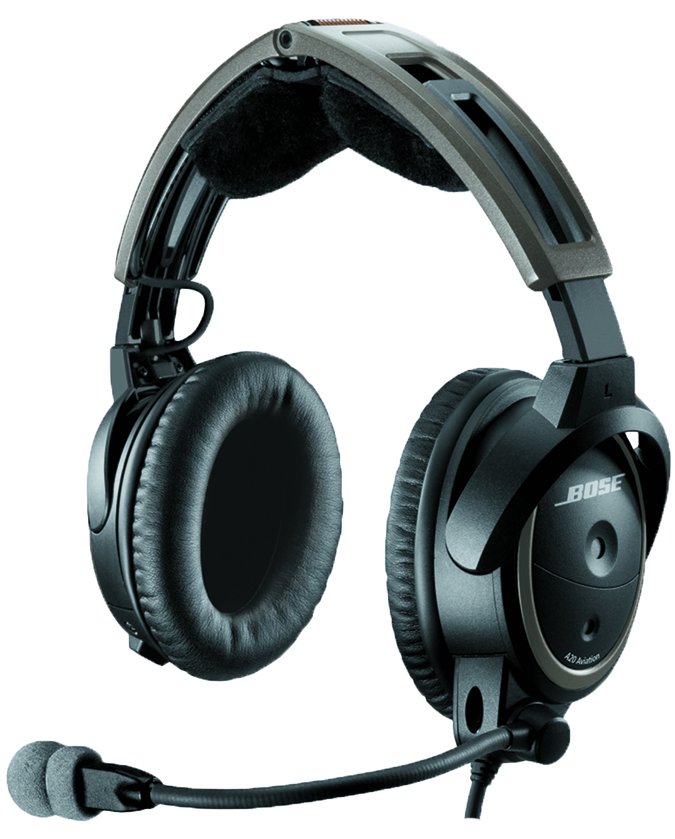
Last summer, Bose released an update to its five-year-old A20, which added much-needed music Bluetooth features to the set’s stellar ANR performance. The A20 is in our long-term product evaluation pool and the more we wear it, the more we like it—especially its Bluetooth music performance. If you have an older A20, a new field-replaceable cable/ANR module assembly enables Bluetooth music capability and the ability to prioritize multiple wireless sources. At $1100, the A20 Bluetooth is comparably priced with Lightspeed’s PFX ANR headset. We suggest you try both before buying, but we give Bose the slight edge in comfort and ANR performance.
You can read a full report on the Bose A20 and other high-end ANR headsets in our ANR headset shootout featured in the October 2015 issue of Aviation Consumer. Contact Bose.com.
Best New Airplane: Diamond DA62
Wouldn’t it be fun if, as in the auto industry, new airplane models appeared every year? Not likely in the current market, so when one does emerge, it gets our attention. And the DA62 definitely did.
In this new twin, Diamond has refined the original DA42, enlarged it and given it new engines, more payload and higher cruise speed. We found that the Austro AE330 engines used in the new airplane are the smoothest aircraft powerplants we’ve ever flown and with FADEC and full auto-feather, they’re likely to prove the safest, too. We give Diamond kudos for applying everything it has learned in more than two decades of aircraft design and manufacture to produce an exceptionally we’ll thought out aircraft. Contact Diamond Aircraft.

Best Alphabet Achievement: EAA with Dynon D10A STC
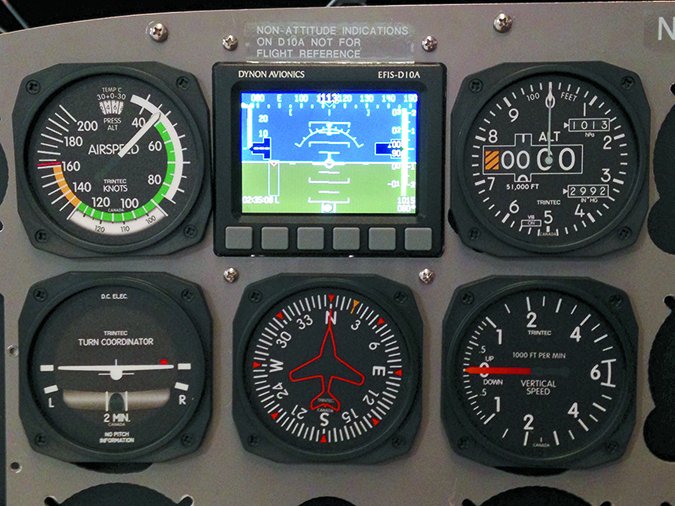
Aviation’s alphabet groups tread a fine line between being promoters of the industry and competitors with established aviation companies to fund their basic activities. With only a few exceptions, they’ve stayed out of offering products and services that compete with the private sector, but last spring at Sun ‘n Fun, EAA surprised us by announcing an STC approval program to allow the installation of non-certified Dynon avionics into certified airplanes. The program was well-received by owners and shops we spoke to and we’re standing by to see if it ignites sales. Meanwhile, kudos to EAA for showing leadership in getting it done.
Best Display Lens Cleaner: iCloth Avionics
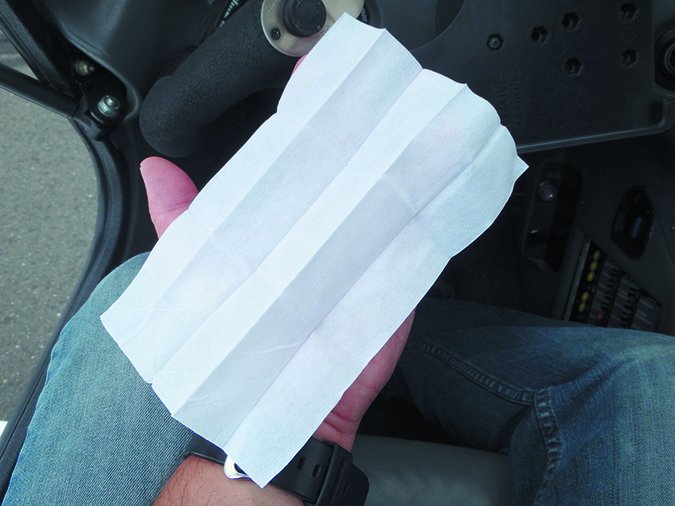
The easiest way to a $1000-plus factory repair is cleaning your panel avionics display lens with the wrong solution. That’s why we went looking for the safest and most effective avionics-purposed display cleaner and found iCloth Avionics. The company has been making cleaning products for sensitive optical surfaces since 2001, first for eyewear and eventually for the entertainment screens and flight deck displays in major airline fleets. Each 5- by 7-inch individually wrapped aerospace-grade DuPont Sontara cloth is premoistened with purified water, surfactants and isopropyl alcohol. iCloth Avionics says the wipes are safe on polycarbonate, glass, plastics and specially coated lenses. We tried them on smartphones, computer monitors and on pricey motorcycle helmet shields and didn’t damage any of them. Plus, they’re effective.
In our trials, we were pleasantly surprised to find no streaking, no scratching and no hassle. We liked them so much, we bought a 100-pack ($35) for ourselves. Visit iCloth Avionics.
Best Sun Visor: Rosen

0)]
No surprise here. Rosen has been our top pick for aftermarket visors every time we’ve reviewed this product segment. They aren’t cheap by any means, but Rosen uses top materials and careful design methodology to vastly improve what passes for visors in older aircraft. This is why, we’re sure, that many new airplanes are now sporting Rosens. Visit Rosen Visor.
Best Electronic AI: Sandia SAI340 Quattro
We should really include the FAA on this pick because the agency recently opened up a new market for electronic primary attitude instruments. As we reported in the December 2015 issue of Aviation Consumer, the FAA’s PS-ACE-23-08 policy statement finally acknowledges the insidious nature of vacuum instrument failures, while also sympathizing with aircraft owners faced with expensive upkeep of old-school spinning gyroscopes.

1)]
PS-ACE-23-08 says it is acceptable to replace a single-function vacuum-driven attitude instrument with an electronically driven attitude indicator as long as it has an independent standby battery capable of meeting the intent of AC 23.1331, AC 23.1381 and AC 1353(h). We’re talking about minor alterations here—no field approvals—as long as the instrument has a TSO. This means installations can be signed off with a logbook entry if certain technicalities are met. Enter Sandia Aerospace’s SAI340 Quattro.
At $3600, the TSO’d SAI340 has four-in-one functionality, including airspeed tape (with airspeed limitation markings), attitude, altitude tape and slip indicator.
The instrument sports a 3.5-inch LCD display and has a chassis designed to fit in a 3-inch instrument cutout, while pitot and static input ports (the instrument uses pitot and static input for data resolution) are built into the rear chassis.
While the SAI340 Quattro was originally developed as a backup instrument, Sandia told us the TSO functions meet all of the standards for use as a standalone primary attitude indicator.
We like that the SAI340 has smart and intuitive battery monitoring, unusual attitude prompting, an easy feature set (controlled by a single push/rotary knob), plus a straightforward installation process. Contact www.sandia.aero.

